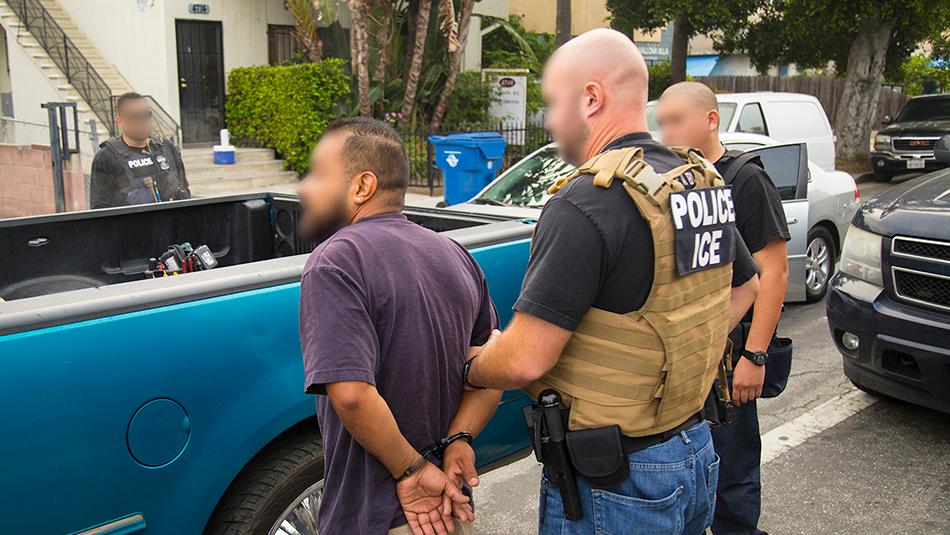WASHINGTON—Immigration and Customs Enforcement (ICE) arrested almost 1,300 illegal immigrants during a weeklong operation that focused on locations that have adopted sanctuary policies—those that shield illegal immigrants, including criminals, from immigration officials.
Commonly, under sanctuary policies, jail officials and local law enforcement officers are forced to release an illegal alien from custody without alerting ICE. An ICE detainer asks local jails to either hold an inmate for up to 48 hours longer to transfer custody, or to alert ICE of when the inmate is going to be released.





